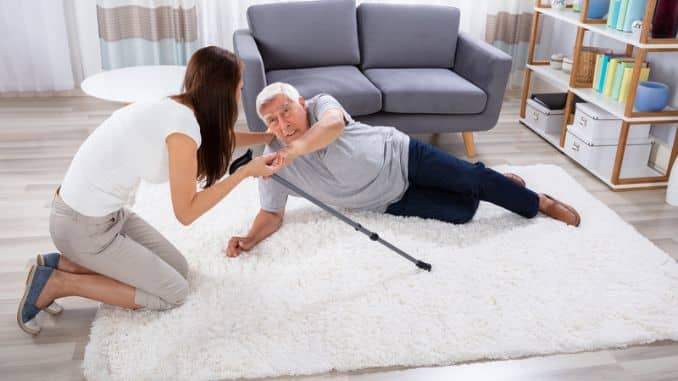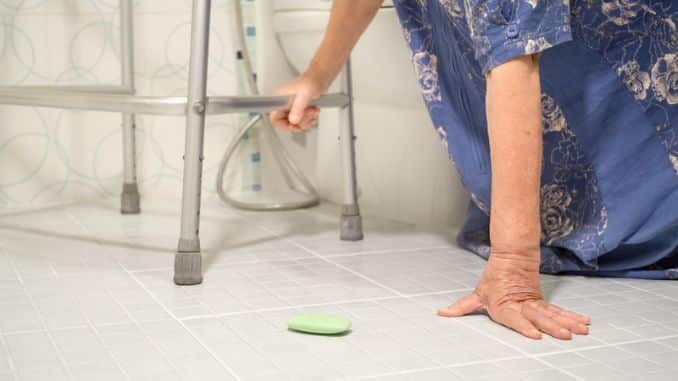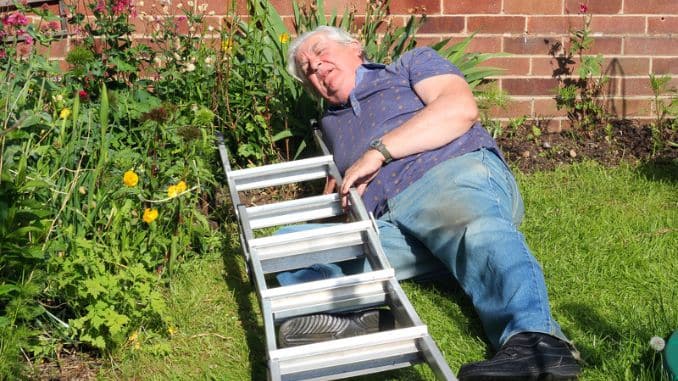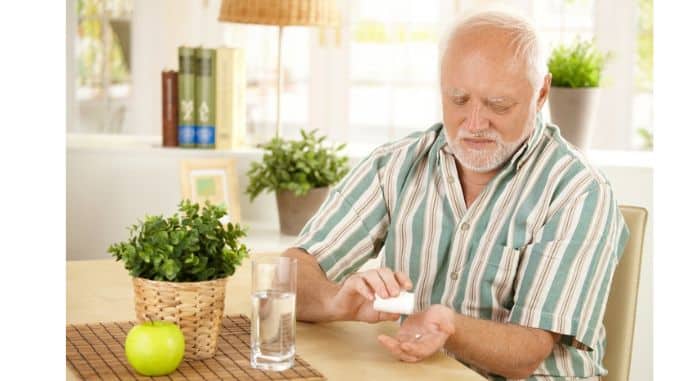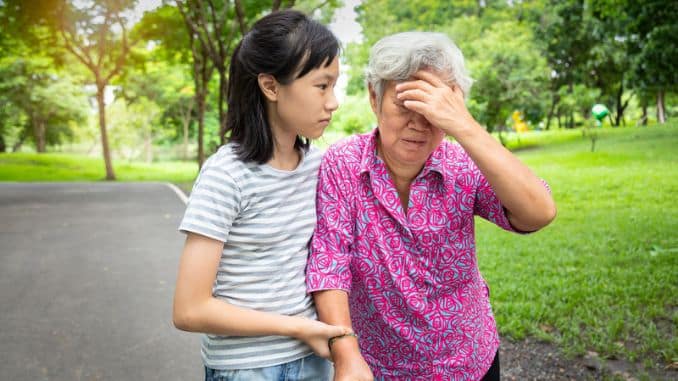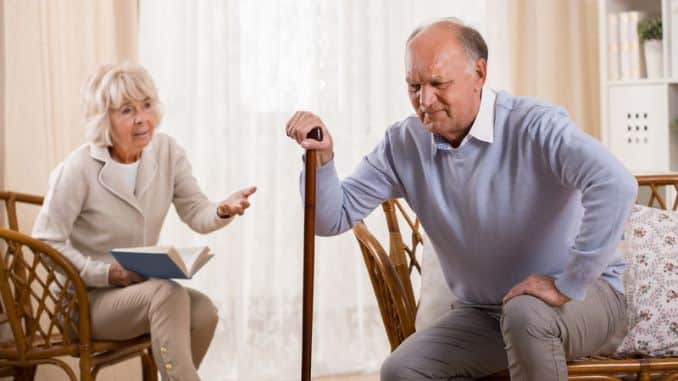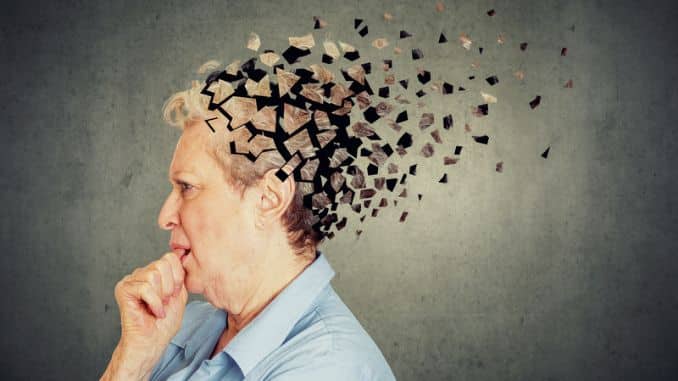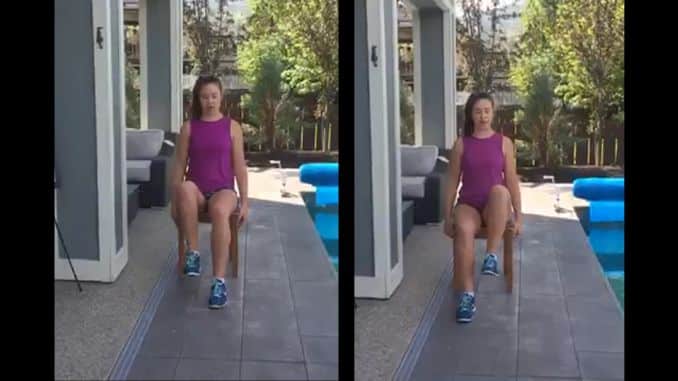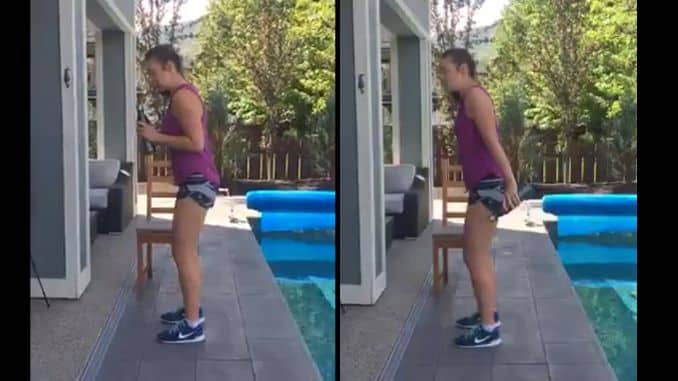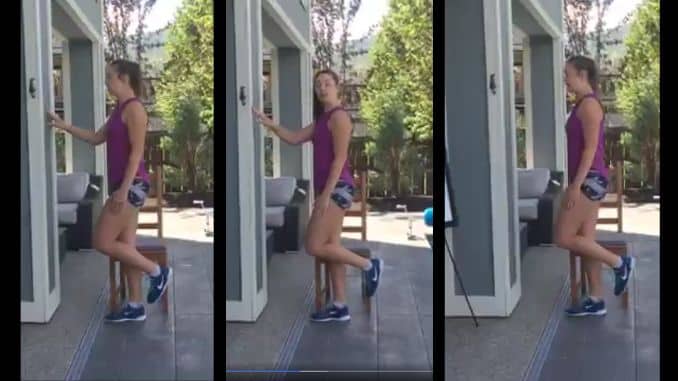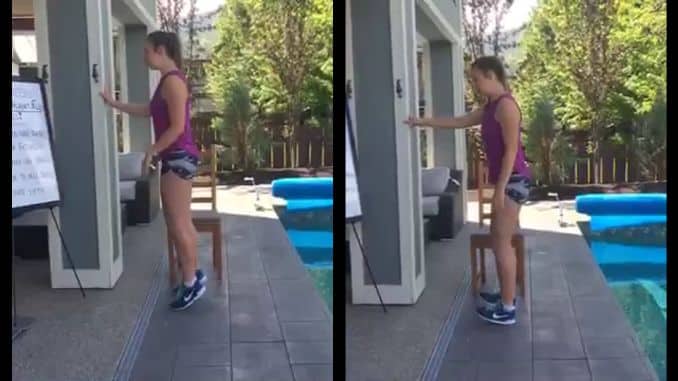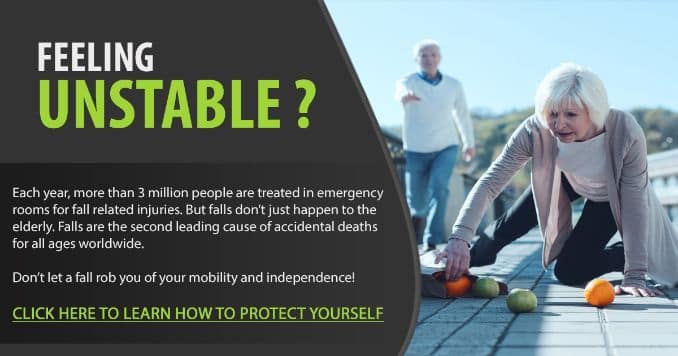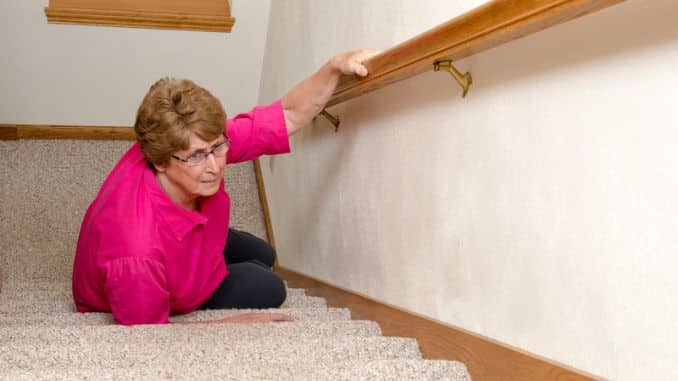
As we age, our bodies change, including how our muscles and skeletal system respond to everyday activities. In the case of aging, many factors can affect how you feel on any given day. And while some may be more apparent than others, they all play a role in how your body functions and response. In addition to balance, strength, and mobility changes, many seniors also experience a decline in vision, hearing, and smell, which may impact their risk of falling. So, we listed 5 exercises to help prevent falls in seniors for more safe and secure balance movements.
The National Institute on Aging (NIA) has found that more than 2 million American older adults go to the emergency room yearly because of falls. We can see that this is prevalent, and many older adults are falling around us, so we want to do these exercises and some tips to help prevent falls. We don’t want fear to stop us from doing our activities, as this will only worsen things.
Common Causes of Fall Accidents in Seniors
Falls are a common problem among the elderly, especially those who live alone and do not have assistance in their daily activities. If you or an aging loved one is at risk of falling, take precautions to avoid a potential accident. It’s important to note that no one is immune to the dangers of falling as we get older. Seniors who live independently and have excellent strength and balance are at risk for fall-related injuries.
Consequently, if you’re caring for an aging parent or another senior loved one, you should be aware of the common causes of fall accidents in seniors. With this knowledge, you can more effectively prevent your loved ones from falling and injuring themselves further.
Common causes of falls among seniors include:
1. Loose Carpeting
Loose carpeting is the leading cause of fall accidents in seniors. The risk of falling increases as a person ages, so it’s important to take steps to prevent this. Ensure your home has a carpet firmly attached to the floor that isn’t worn, frayed or damaged. Keep your home’s floors clean, and use handrails wherever possible if you need to go up or down stairs.
There are other ways you can help keep your loved one safe when they’re at home. For example, ensure that your loved one has their medication and that they have fresh water supplies and snacks available. You can also provide a secure area to store food and medicine so that it’s easy for them to reach when they need it.
2. Slippery Surfaces
Slippery surfaces can be a danger for seniors. Seniors may not be as steady on their feet and may have a reduced ability to grip or balance. They might also be more prone to falls due to Alzheimer’s or vision problems. It is important to take care of slippery surfaces or obstacles.
If the senior was walking on a slippery surface, like grass or snow, remove those surfaces, so they don’t put themselves in danger again.
If you fall, check your surroundings and move away from the hazard as quickly as possible. Most importantly, call for help if you are in an emergency. By staying safe and alert, you can avoid unnecessary injuries and keep yourself out of danger.
3. Dehydration
Dehydration is one of the most common causes of falls in seniors. Our bodies produce less urine as we age, which can lead to dehydration. This can affect your balance and coordination, making you more likely to fall. If you’re dehydrated, it’s important to drink plenty of water throughout the day.
It would be best to stop taking medications that can dehydrate, such as diuretics, steroids, and antihistamines, and avoid heavy exercise or strenuous activities when you’re feeling dizzy or unsteady. If you need to take any of these medications, you may talk to your physician about a better alternative.
Dehydration can also cause dizziness and fatigue, so get plenty of rest when tired.
Another problem with dehydration is that it makes your blood sugar levels drop, leading to confusion and disorientation. This may be why some older adults are less likely to call for help when they feel lost in unfamiliar places.
4. Lack of light
Seniors are more likely to fall at night when there is less light. This is because their eyes don’t adjust as well to low-light conditions. They may also be more likely to bump into objects or trip over obstacles, which can cause them to lose their balance. Seniors need to take extra precautions when walking at night.
For example, they should wear reflective clothing that makes them visible to other drivers and always walk on the sidewalk. If this is not possible, they should walk with a partner who can help them feel their way around the street.
If seniors fall and hurt themselves, they must contact a doctor immediately. They should stop bleeding and protect the injured area from further damage with a bandage. If they have an injury that cannot be treated at home, they should visit a hospital emergency room as soon as possible.
Light is an essential part of our lives. It helps us see and plays a role in keeping our bodies healthy by regulating our circadian rhythms. Getting enough light is essential for good health, especially for older people, who may be more likely to experience falls. Talk to them about getting extra lighting if your loved one is stumbling around the house at night or bumping into things because they do not see well.
There are several options, from simple table lamps to light boxes, that can help your senior family member or friend see where they’re going so that they can avoid accidents. And even if it’s just a few luxuries like a lamp or a chair for reading, the benefits of light can be huge for your loved one’s quality of life.
5 . Medication side effects
Medication side effects can include everything from allergic reactions to insomnia. While some of these may be unavoidable, there are ways to minimize the risk of experiencing them. If you’re taking medication, take it on a regular schedule, and don’t skip doses. Also, talk to your doctor if you’re unsure whether the medication will interact with other medications or supplements you’re taking. If you experience an adverse reaction, immediately stop taking the drug and contact your doctor.
Several medications can cause falls and are difficult to detect. They include blood pressure medications, drugs used to treat anxiety and depression, antipsychotic drugs, antidepressants, and anticholinergic drugs. Zoloft is a medication linked with falls in elderly people (more than any other drug). Certain psychiatric disorders can also increase the risk of falls, such as depression, anxiety disorder, dementia, and schizophrenia.
While medication side effects are common, they aren’t inevitable. By making a few small changes to your lifestyle, you can reduce your risk of falling and avoid medication-related issues altogether.
For example, reducing your caffeine consumption can help you sleep better and prevent you from feeling groggy during the day. Also, get enough rest so you’re not overworked and tired throughout the day. And finally, wear proper footwear to stay safe and prevent injuries that could lead to fall-related injuries.
6. Dizziness and overall weakness
Dizziness and overall weakness are common in seniors as they age. It can be caused by several issues, including balance problems, eye conditions, and even low blood sugar levels. Seniors are at an increased risk of falling and suffering from dizziness and overall weakness. This is why it’s important to be aware of the risk factors that could lead to falling.
For example, elderly adults with difficulty walking or standing for long periods face a higher risk of falling than those with longer strides.
In addition, doctors should be on the lookout for symptoms such as slurred speech, shaking hands or limbs, and an unsteady gait. They should also check for skin rashes or other signs of pressure ulcers caused by lying in bed for long stretches.
Fortunately, there are simple steps that you can take to reduce your risk of falling. Ensure you get enough sleep each night, so you are not tired from walking around all day. Also, try to stay active by taking walks or gardening.
Avoid falling by staying in good physical shape. Regular exercise can improve muscle strength and coordination, which helps prevent falls among the elderly.
Another way to reduce your risk of falling is to get regular checkups from your doctor.
7. Other Physical or Medical Conditions
A. Visual impairment
Vision loss is a common complication of aging and can affect every aspect of daily life for seniors. Limited vision can make it difficult for seniors to see the edges of their surroundings and walk safely. Vision impairment can also lead to confusion, resulting in an accident if a senior cannot understand what they see.
It’s important to be sure that your loved one has the proper devices on hand when they’re at home. To help them maintain enough vision, they must always have their eyeglasses or contact lenses on. Watch for any changes and signs of impaired vision with your loved one so that you know they need to take better care of their eyes.
B. Arthritis
Arthritis can cause pain and stiffness that makes it harder to move around. It is a term for the inflammation of joints. By staying active, you can keep your joints healthy and avoid falls and other accidents that could hurt even more than arthritis.
Seniors with arthritis should pay close attention to their balance because they are more likely to fall if they are tired or not feeling well. If you see an older person falling, get them to sit down immediately and call for help. This will help prevent any injuries from occurring. It would be best if you always looked for signs of trouble like dizziness or balance problems.
C. Dementia
This serious condition can affect an individual’s memory and cognitive functions. This can lead to confusion, forgetfulness, and falls among seniors because they may not be able to walk as well as they used to. The more severe dementia, the more likely there will be a fall. Therefore, taking care of your elderly loved ones is important so they stay safe and healthy.
Making sure they get enough sleep, eating a healthy diet, exercising regularly, getting regular checkups, and staying away from alcohol and drugs are all ways to help keep them safe. They may require more specialized care and attention than usual. Talk to their doctor about specific ways to keep them safe since dementia can also be caused by head trauma or infections.
D. Certain conditions that cause balance problems
Heart disease, stroke, thyroid, nerve, blood vessel problems, or diabetic complications are all common causes of balance problems in seniors. Keep your balance by using handrails and safety walkways when possible. Wear supports that help keep your balance when walking, such as shoes with heel clips or toe spacers.
E. Schizophrenia
This a serious mental disorder characterized by a breakdown in the function of the brain. One of the most serious risk factors for schizophrenia is falling. They may become confused more easily and not understand their surroundings well enough to use stairs or other aids safely. Seniors with schizophrenia should be extra cautious when moving around their homes and communities. They should also ensure that caregivers are aware of any medications they are taking so they can be kept safe at all times.
If your elderly loved one is taking antipsychotic medication, be sure to closely observe them after a dose change to ensure that they don’t develop any adverse side effects before going around their home and doing personal hygiene.
You can reduce your risk or mitigate the damage if you fall. These include exercising regularly, eating right, and making small adjustments to increase your comfort level at home—like installing grab bars or switching out your carpet for tile or wood flooring.
5 Best Exercises to Help Prevent Falls Among Seniors
1. Seated Knee Exercises
Begin in an upright sitting position with your feet shoulder-width apart, maintaining good alignment with your head, shoulders, and hips. Place your hands at your sides. Engage your core, then bring one knee up towards your chest, ideally to hip height. Lower your leg back down to return to the starting position, and repeat the movement on the opposite leg to do one of the exercises to help prevent falls in seniors correctly.
Seated Knee Exercises
2. Tricep Extension
For this one of the exercises to help prevent falls in seniors, you can use a water bottle, dumbbell, milk jug, or anything that weighs it for added resistance.
Begin in an upright standing position with your feet shoulder-width apart, maintaining good alignment in your upper body. Hold a water bottle in one hand at chest height. Slightly bend your knees and hinge through your hips. Contract your core and straighten your arm, extending your arm back slightly past your hips. Return to the starting position and repeat the movement on the opposite arm.
Tricep Extension
Start with 1 set of 10 repetitions on each side.
Alternative Exercise:
Tricep Extension with Resistance Tubing
One of the exercises to help prevent falls in seniors is tricep extension with resistance tubing. Begin in an upright standing position, maintaining good alignment with your head, shoulders, hips, and legs. Fold the tubing in half and hold the ends with each hand. Cross one arm across your body and anchor the end of the tubing at shoulder height. Engage your core, and extend your arm to pull the tubing straight down with your other hand, keeping your elbow close to your body. Hold this position for a couple of seconds. Return to the starting position and repeat the movement on the opposite side.
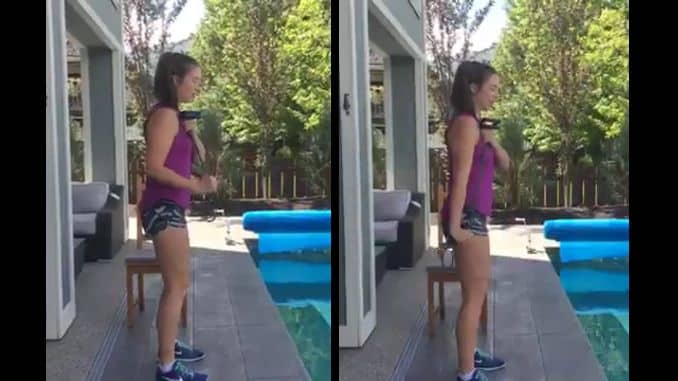
Start with 1 set of 10 repetitions on each side.
3. Single-Leg Standing
Begin upright with your hands against the wall, maintaining good alignment with your head, shoulders, hips, and legs. Engage your core and shift your weight on one leg, slowly bringing your other heel up towards your seat. Hold this position for 10–15 seconds. Lower your leg back down to return to the starting position. Repeat the movement on the opposite leg.
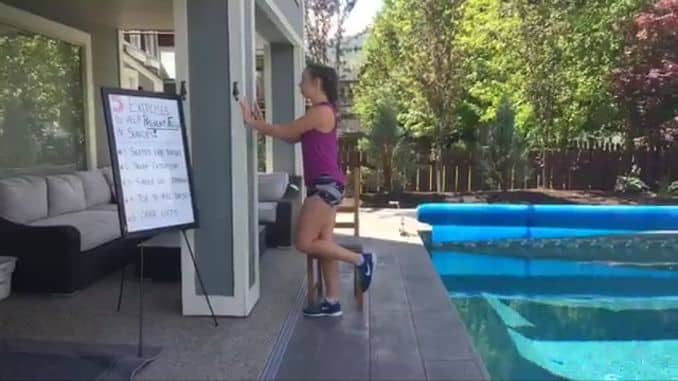
Exercise Progression: Single-Leg Standing
This one of the exercises to help prevent falls in seniors requires you to engage your core and shift your weight on one leg, slowly bringing your other heel up towards your seat. Begin upright with your hands against the wall, maintaining good alignment with your head, shoulders, hips, and legs. Slowly take one hand off the wall, then progress to just a couple of fingers on the wall. As you get better at this exercise, you can take both hands off the wall, standing steadily on one leg. Hold this position for 10–15 seconds, then return to the starting position. Repeat the movement on the opposite leg.
Single Leg Standing (Exercise Progression)
4. Toe to Heel Raises
Begin upright standing with one hand up against the wall for support, maintaining good alignment with your head, shoulders, hips, and legs. Engage your core and raise your toes, holding this position for 2 seconds. Lower your heels back down and alternate the movement by raising your toes toward the ceiling. Return to the starting position and repeat the movement.
Toe to Heel Raises
5. Chair Lifts
Begin this exercise to help prevent falls in seniors in an upright sitting position, maintaining good alignment with your head, shoulders, and hips. Place your hands at your sides. Contract your core and push through your heels to lift your seat up. Return to the starting position and repeat the movement.
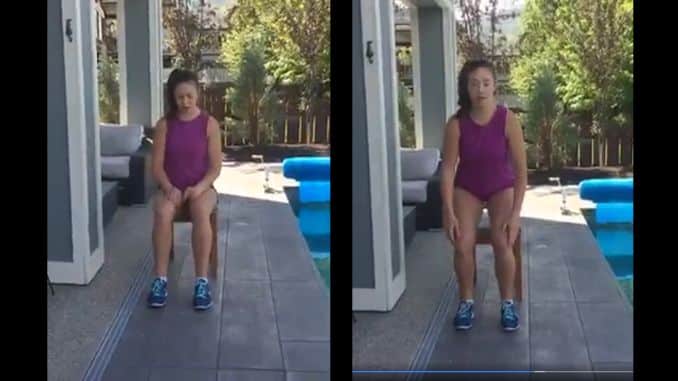
Exercise Progression: Chair Lifts
Chair Lifts with Arms Raised
Begin in an upright sitting position, maintaining good alignment with your head, shoulders, and hips. Extend your arms out forward, ideally at shoulder height. Contract your core and push through your heels to lift your seat up. Return to the starting position and repeat the movement to successfully perform one of the exercises to help prevent falls in seniors.

Take safety steps if you or an elderly loved one are at risk of falling to prevent a possible accident. It’s important to note that no one is immune to the dangers of falling as we get older. Seniors who live independently and have excellent strength and balance are at risk for fall-related injuries. Build their strength and balance and reduce their chances of falling with these simple exercises that can be done at home or in their living space.


